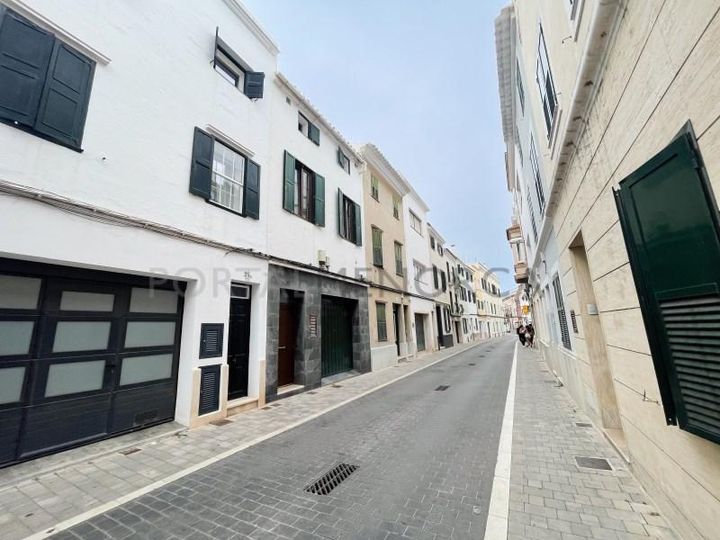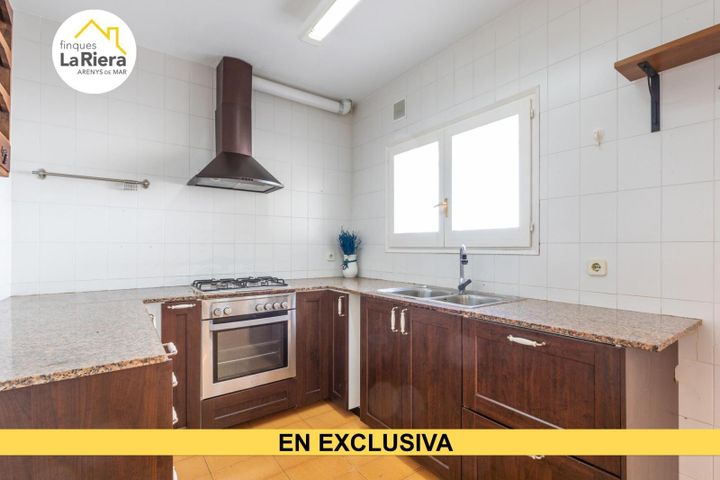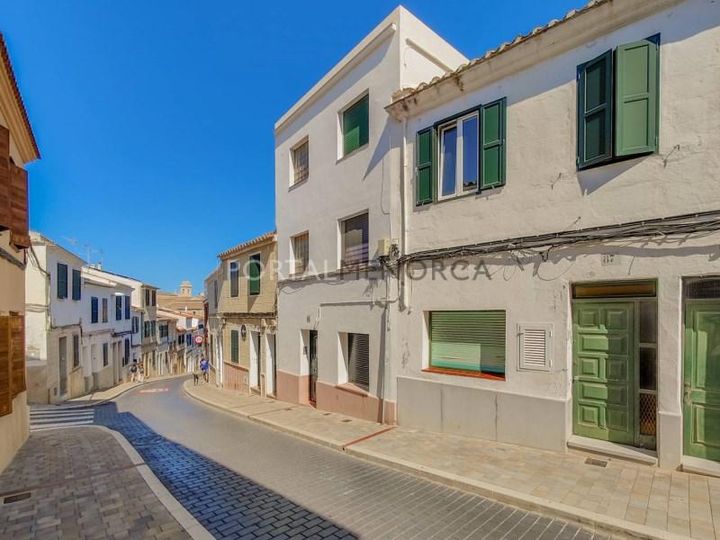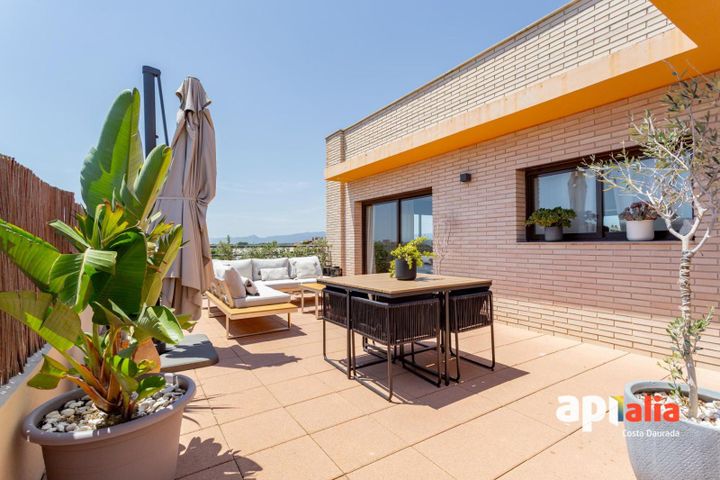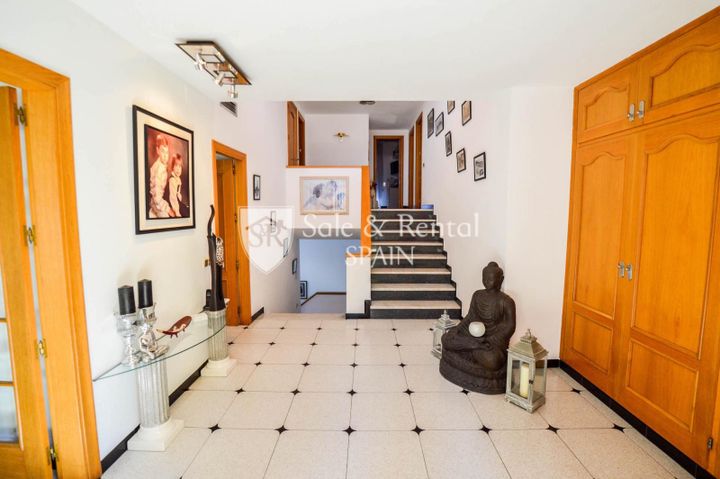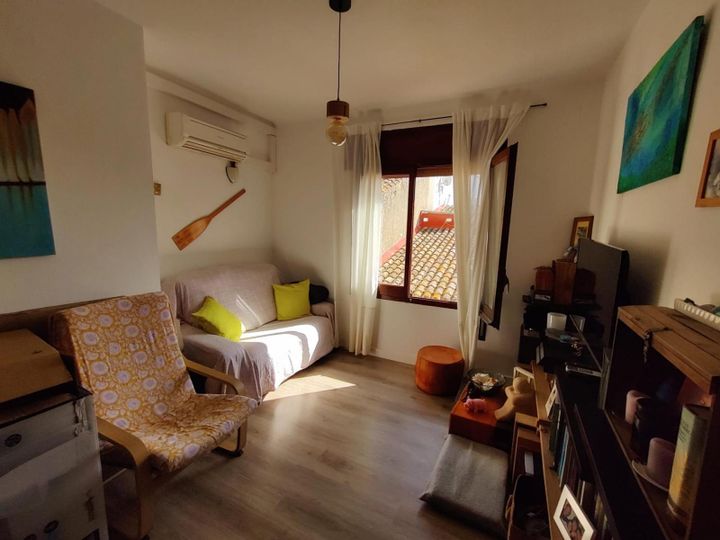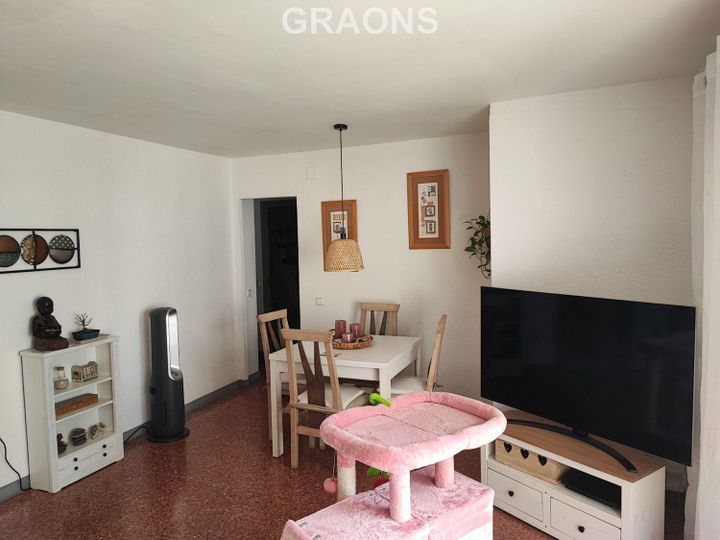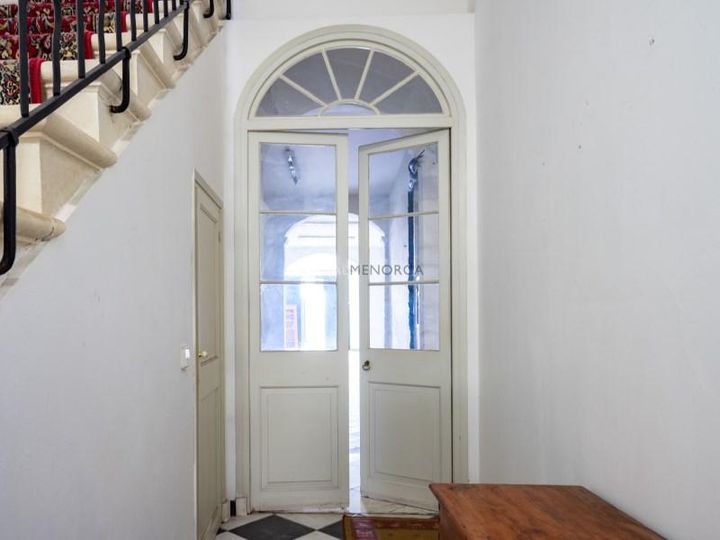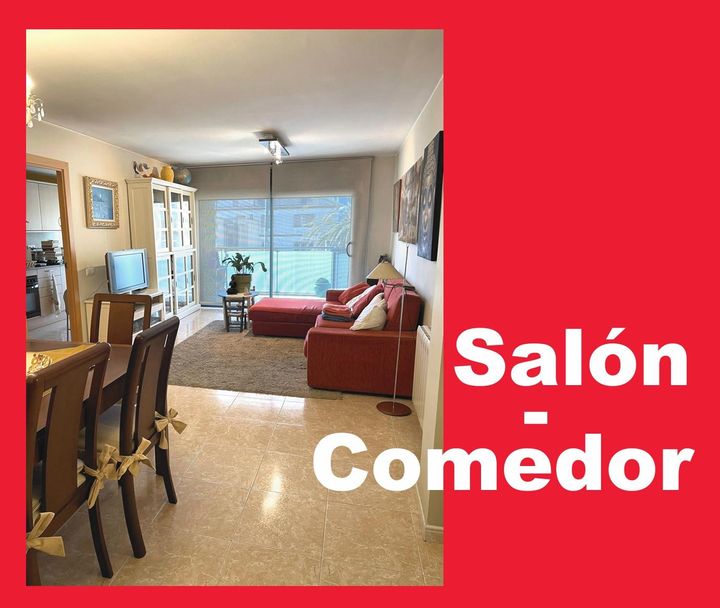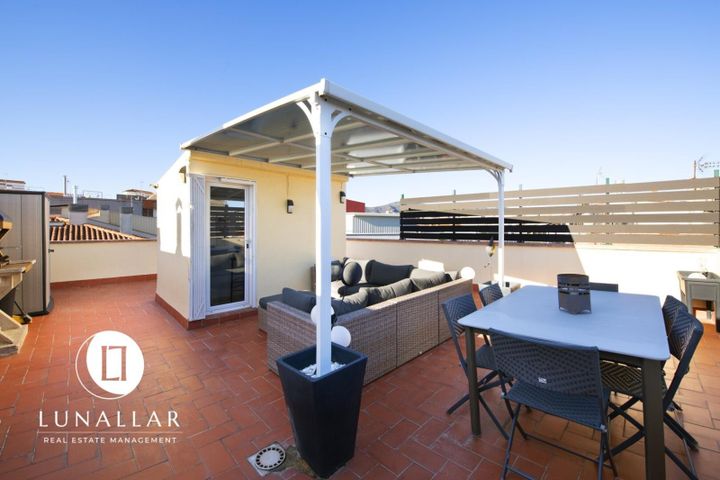Over the past year, the real estate market in Central Spain has experienced notable shifts, particularly in urban areas like Madrid and surrounding provinces. Property prices have seen a marked increase, driven by a resurgence in demand post-pandemic, with reports indicating an average rise of approximately 5-7% across the region. The influx of buyers from both domestic and international markets, attracted by relatively affordable prices compared to other European capitals, has intensified competition. Additionally, the rental market has tightened, with vacancy rates dropping significantly, leading landlords to raise rents to match the increased demand. Notably, the residential sector is witnessing a growing preference for sustainable living spaces, with buyers favoring properties that incorporate energy-efficient designs and green technologies. The commercial real estate sector is also evolving, with an uptick in interest for flexible office spaces and co-working environments, reflecting changing work patterns.
Centre
Location
Price Range
Any price
Price Range
Minimum
No min
Maximum
No max
Property type
Show all
Property type
Show all
House
Apartment
Building
Other
Bedrooms
Any beds
Bedrooms
Minimum
No min
Maximum
No max
Surface Range
Any surface
Surface Range
Minimum
No min
Maximum
No max
Sale type
For sale
Sale type
Show all
To rent
For sale
Location
Apartments and houses for sale in Centre
15 results
Recent
Centre insights
| Aspect | Summary |
|---|---|
| Population | XYZ,000 |
| Average Property Price | €XXX,XXX |
| Rental Yield | X% |
| Average Rent | €X,XXX |
| Occupancy Rate | X% |
| Capital Growth Rate | X% |
| Property Tax | X% |
| Transaction Costs | X% |
| Expected ROI | X% |
| Economic Growth Impact | Positive/Negative/Neutral |
Centre FAQ
How has the real estate market in Centre changed over the past year?
What are the price differences between different neighborhoods in Centre?
In the Centre of Spain, particularly in Madrid, price differences between neighborhoods can be significant. For instance, the Salamanca district is known for its high-end boutiques and luxury apartments, with rental prices averaging around €2,500 per month for a two-bedroom flat. In contrast, the Malasaña neighborhood, which is popular among young professionals and students, offers more affordable options, with similar two-bedroom apartments averaging around €1,500. The Chueca area, renowned for its vibrant nightlife and LGBTQ+ community, typically sees prices in the range of €1,800 for a comparable apartment, creating a pricing spectrum that reflects the diverse lifestyles and amenities offered across these neighborhoods. Additionally, areas like Lavapiés, with its rich multicultural atmosphere, can provide even lower rental prices, often around €1,200, making it an attractive choice for budget-conscious renters.
How do economic conditions impact real estate prices in Centre?
Economic conditions have a direct and multifaceted impact on real estate prices in Centre, Spain. When the economy is thriving, characterized by low unemployment rates and increasing disposable income, demand for housing typically rises, leading to higher property prices. For instance, areas that benefit from a boost in tourism or local industry often see an influx of investment, driving up prices significantly. Conversely, during economic downturns, such as when the unemployment rate spikes or consumer confidence declines, the demand for housing can diminish. This was evident during the European debt crisis, when many properties in Centre experienced price drops as potential buyers hesitated to make investments. Additionally, external factors like interest rates play a crucial role; lower rates can encourage borrowing and increase demand for homes, while higher rates can suppress it, affecting buyers' purchasing power and ultimately influencing prices in the market. Furthermore, inflation can impact construction costs, which may lead developers to raise prices on new properties, affecting overall market dynamics.
What role do interest rates play in real estate prices in Centre?
Interest rates significantly influence real estate prices in Centre, Spain, primarily through their impact on borrowing costs. When interest rates are low, financing a home becomes more affordable, encouraging more buyers to enter the market and increasing demand for properties. For example, a borrower securing a mortgage at a lower rate can afford a larger loan, which can lead to higher property prices as buyers compete for the same limited supply. Conversely, when interest rates rise, the cost of borrowing increases, often resulting in fewer buyers being able to afford homes. This can lead to a slowdown in real estate transactions and potential price declines. Additionally, variations in interest rates can also affect investor sentiment; for instance, higher rates may deter investors from purchasing additional properties, which can create downward pressure on prices in the rental market as well. The dynamics of interest rates, therefore, directly correlate with the fluctuations in both residential and commercial real estate markets in Centre.
What factors influence real estate prices in Centre?
Real estate prices in the Centre of Spain, particularly in Madrid, are influenced by a combination of economic, social, and geographical factors. Economic indicators such as employment rates and income levels play a significant role; areas with robust job markets and higher average wages tend to see increased demand for housing. For example, neighborhoods like Chamberí and Malasaña have experienced price surges due to their proximity to business hubs and cultural attractions. Additionally, the availability of amenities such as schools, parks, and public transport can affect property values; areas with well-developed infrastructure, like Vallehermoso, attract families and young professionals alike. Furthermore, market dynamics, including supply and demand fluctuations, significantly impact prices. For instance, the limited availability of historical properties in central Madrid often leads to higher values due to their uniqueness and desirability. Lastly, investors' interests, driven by both domestic and international factors, continuously shape the market, with foreign buyers often gravitating towards premium locations for investment opportunities.
How do seasonal trends affect housing prices in Centre?
Seasonal trends significantly impact housing prices in Centre, Spain, with different times of the year bringing varying levels of demand and pricing dynamics. Typically, the spring and summer months see an uptick in buyer interest, driven by favorable weather and the desire for families to move before the new school year. During this peak season, properties may list at higher prices, reflecting increased competition among buyers. For instance, coastal areas near the Mediterranean often experience a surge in demand from both domestic and international buyers seeking vacation homes, which can inflate prices in these sought-after locations. Conversely, fall and winter tend to see a slowdown in activity, leading to more stagnant prices. During this period, homeowners may be more willing to negotiate, especially if properties have been on the market for an extended time. An example of this can be observed in urban areas like Valencia, where the influx of tourists and students influences rental prices, making the housing market particularly cyclical between high and low seasons. Additionally, local events and festivals can also cause localized spikes in demand, temporarily affecting market prices in specific neighborhoods.
What is the average price for homes in Centre?
The average price for homes in the Centre of Spain, particularly in urban areas like Madrid, can vary significantly based on the neighborhood and property type. As of 2023, prices in central districts such as Chamartín and Salamanca range between €4,000 and €6,000 per square meter, reflecting their desirability and amenities. In contrast, areas like Malasaña or Lavapiés often see average prices around €3,000 to €4,000 per square meter, appealing to younger buyers and expats. Meanwhile, towns surrounding Madrid, such as Pozuelo de Alarcón, have seen steep price increases, often exceeding €5,000 per square meter for prime locations. Additionally, the rental market in the Centre also remains competitive, with average monthly rents reaching €1,500 for a two-bedroom apartment in popular neighborhoods.



